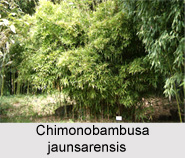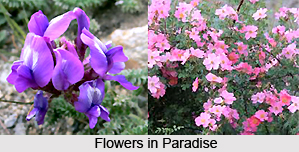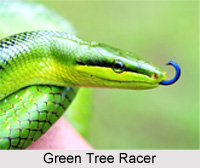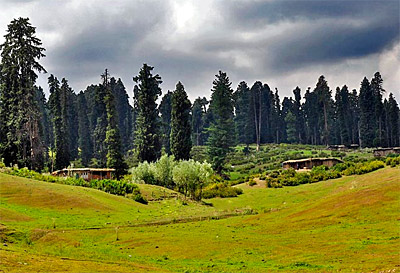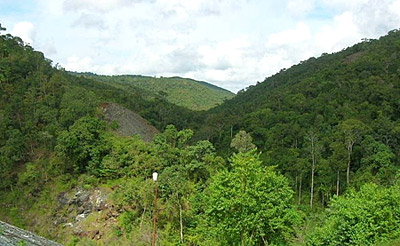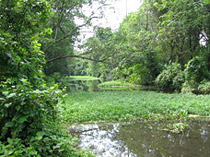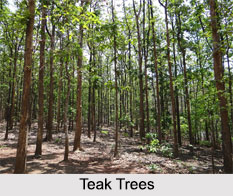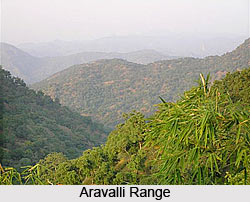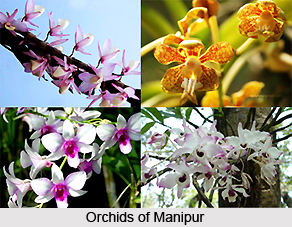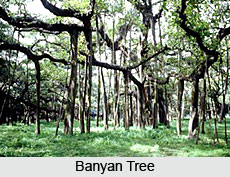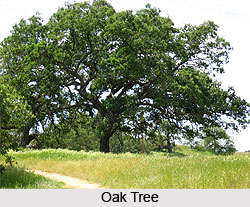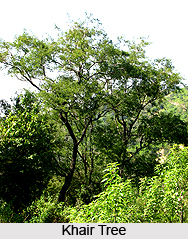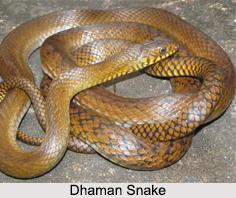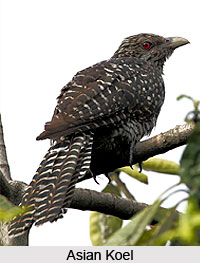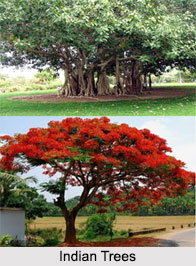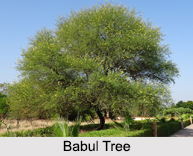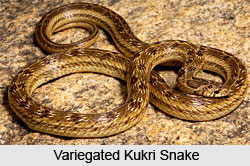 The Variegated kukri snake (Oligodon taeniolatus) is also known as Russel`s snake.
The Variegated Kukri Snake is the only snake that is found in the plains of the Indian peninsula. It has 15 scale rows throughout the length of the body and its anal shield is divided. It is a harmless snake that is slender and poised snake with no indication of neck. Its tail is short, i.e. about one-seventh of its total length.
The Variegated kukri snake (Oligodon taeniolatus) is also known as Russel`s snake.
The Variegated Kukri Snake is the only snake that is found in the plains of the Indian peninsula. It has 15 scale rows throughout the length of the body and its anal shield is divided. It is a harmless snake that is slender and poised snake with no indication of neck. Its tail is short, i.e. about one-seventh of its total length.
Five distinct color forms of the snake are recognized.
1 The color of the species of the snake varies from buff, pale brown, cedar-brown, rarely light dun. The anterior part of the snake is obviously variegated by light and dark streaks. There are four longitudinal obscure brown stripes, two broad, along the back, and two narrow, along the flanks. Its belly is unspotted.
2 On the second variety there are well-defined round spots and anterior ones are divided. Two rows of smaller spots border the median series. This variety has no stripes. These snakes are usually founding Sri Lanka.
3 On the third variety, there is the presence of dorsal spots much larger than in the second variety and these spots elongate longitudinally and are bordered dark brown. There are 18 to 22 interspaces on their body. These snakes are found in Nilgris, Madras.
4 The fourth variety is large and has dark brown, black-edged spots on their body. The spots varies from 14 to 16 in number. These snakes are found in Western Ghats; Madras District.
5 The fifth variety has large, dark brown, rounded spots that are bordered with black and white color that are paired on opposite sides of vertebral line. These snakes are common in Kerala and Sri Lanka.
The taeniolatus variety is diurnal. It is a very common snake found in the evergreen forests at the higher elevations of the Western Ghats. This snake is fond of basking in the sun on rock or grass. It feeds on eggs of other reptiles and frogspawn. The female usually lays nine eggs. A common species of this variety found in the Eastern Himalayas is the ladperback or light-barred kukri snake.
Oligodon taeniolatus is an active snake, which has restless habit and quick movement. On the ground it can move very rapidly with its fore body erect and it can ascend trees with amazing speed. The color of the snake bears resemblance to a small dry branch. The disposition of the snake varies in different snakes. Some are placid while others strike when handled. When irritated the snake expands its body bringing into view the sky-blue marking of the scales. The neck is then compressed and throat pouched before lunging forward to strike. The snake is quite tame in captivity.
Oligodon taeniolatus feeds largely on lizards, tree frogs and birds. The period of gestation is believed to be four to six months and eggs hatch four to six weeks after laying. The eggs six to seven in number are remarkably long and measure 29-39 x 10-12 mm.
